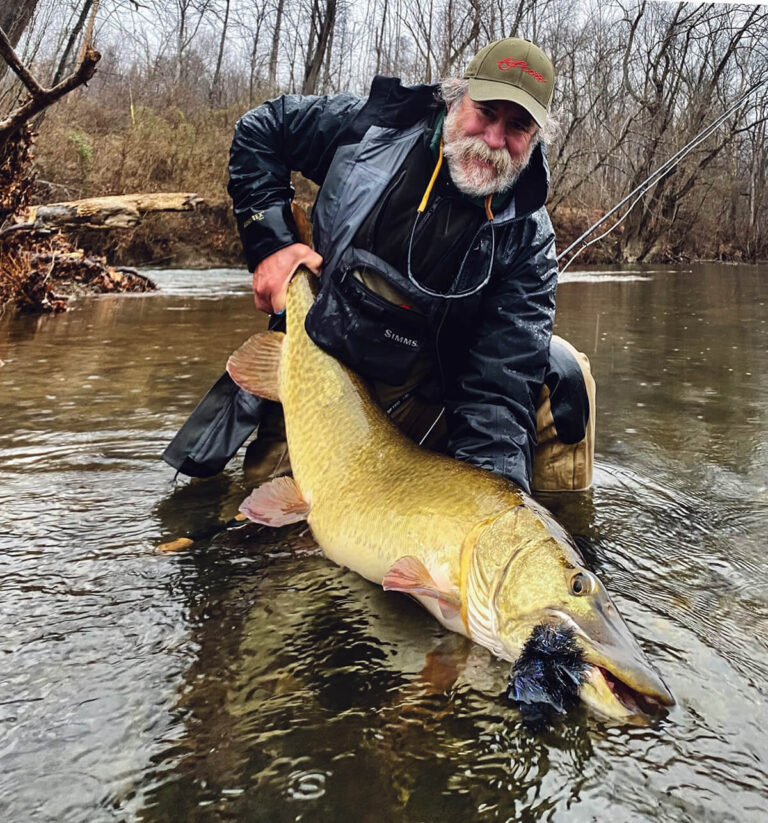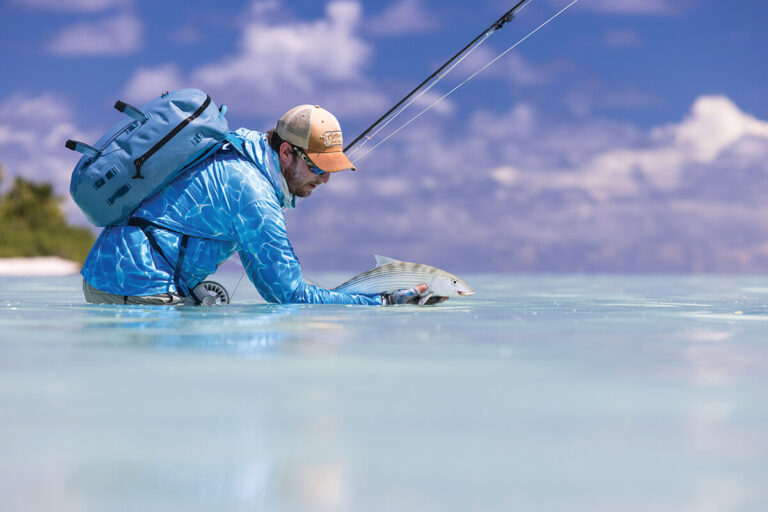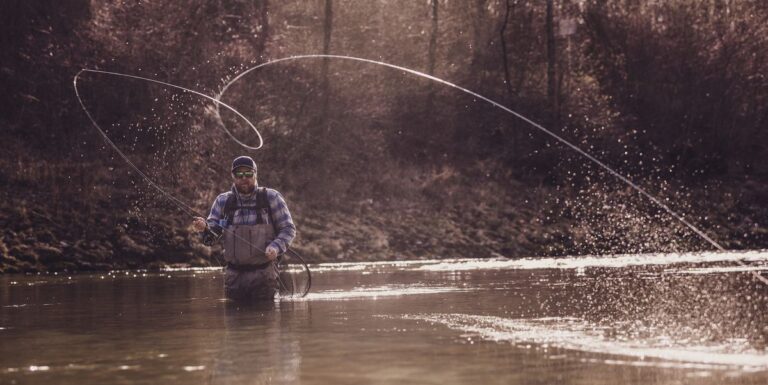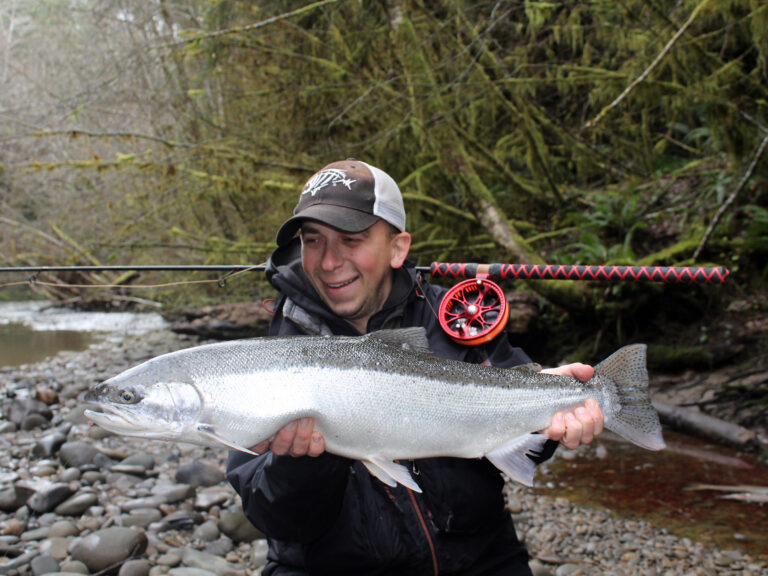Effective nymphing strategies for fly fishing include selecting the right fly, adjusting depth and weight according to water conditions, and mastering the drift. Nymphing is a popular fly fishing technique that involves using artificial flies to simulate underwater insects and small fish.
It’s an excellent way to catch trout and other freshwater fish, especially in streams and rivers. However, nymphing can also be a challenging and frustrating experience, particularly for beginners or those with little experience. Fortunately, there are several effective nymphing strategies that can help improve your chances of success.
In this article, we’ll explore some of the most important techniques and tips to help you catch more fish when nymphing. Whether you’re a beginner or an experienced angler, you’re sure to find some valuable insights that will help you become a more successful fly fisher.

Credit: issuu.com
Understanding Nymph Fishing: An Introduction To Nymphing Mastery
What Is Nymphing Mastery: Proven Strategies For Effective Fly Fishing?
Nymphing is a fly fishing technique that involves catching fish underwater using artificial flies known as nymphs. Nymphing mastery, therefore, refers to the ability to use proven strategies to catch fish successfully using nymphs as bait. Here are the key points to mastering nymphing:
- Understanding the life cycle of aquatic insects is vital. This includes identifying the nymph stage and imitating the movements of the nymphs through accurate presentation of the flies.
- Choosing the right nymph pattern that matches the insect species in the water body you are fishing in.
- Utilizing specialized nymphing equipment such as longer rods, longer leaders, and weighted flies to reach the desired depth.
- Being attentive and monitoring the drift of the flies since nymphs move with the water current.
Why Is It Important To Master The Art Of Nymph Fishing?
Nymphing is an effective and productive way of fishing. When mastered, it is an excellent way of catching fish, especially in slow-moving and still waters such as rivers and streams. Here are some of the reasons why mastery in nymph fishing is essential:
- Nymph fishing is one of the most productive ways of fishing since nymphs make up the largest part of a fish’s diet.
- With the right knowledge of the life cycle of aquatic insects and the ability to mimic the nymphs’ movements, anglers can increase their chances of catching fish.
- It allows anglers to fish in areas that cannot be easily accessed since it is less affected by surface currents and does not require a lot of open space.
How Is Nymph Fishing Different From Other Fly Fishing Techniques?
Nymph fishing differs from other fly fishing techniques in the following ways:
- While other techniques use flies that float on the surface of the water, nymphing involves using flies that mimic nymphs and live underwater.
- Nymph fishing is less dependent on any specific time of the day, unlike other fly fishing techniques that are dependent on certain conditions such as hatches.
- Unlike other techniques that rely on casting skills, nymphing technique depends more on the skill in handling the line and on timing the strike.
What Are The Benefits Of Using Nymphs When Fly Fishing?
Nymphs are a versatile type of bait, and using them has numerous advantages. Here are some of the reasons why using nymphs as an artificial fly does work:
- Nymphs are small and mimic aquatic insects that make up the largest part of a fish’s diet. Thus, using nymphs increases the chances of catching fish.
- Nymph fishing can be done all year round since nymphs are available in abundance, unlike other insects.
- Nymphs are easily imitated, and with accurate presentation, anglers can increase their chances of catching fish.
- The use of nymphs is less influenced by weather conditions since they are relatively small and can be fished at deeper depths where the waters are more stable.
Therefore, mastering the nymphing technique is crucial for anglers, allowing them to hone their skills by imitating the movements and habitat of aquatic insects for successful fly fishing.
Nymphing Techniques: Getting Started With Effective Fly Fishing
Are you looking to try your hand at nymph fishing? It’s a great way to catch trout and other fish species, especially when other types of fishing have proven unsuccessful. Here are some tips on getting started with nymphing.
What Do You Need To Start Nymphing?
To begin nymphing, you don’t need much gear. In fact, it’s an ideal technique for beginners because it doesn’t require a lot of specialized equipment. At a minimum, you’ll need:
- A fly rod and reel
- Tippet (the line that connects the fly to the leader)
- A leader (which is the thick line that connects the tippet to the fly line)
- Nymph flies (artificial flies designed to look like underwater insects)
What Kind Of Gear Should You Invest In For Nymphing?
While you can get by with minimal gear, there are a few pieces of equipment that can help improve your nymphing success:
- Waders and boots (to keep you dry and help you navigate through water)
- Strike indicators (to help detect when you have a bite)
- Split shot weights (to help your fly sink more quickly)
- A landing net (to help land fish safely)
How Do You Tie Your Own Nymph Flies?
Tying your own nymph flies can save you money and let you customize your flies to the conditions of your local fishing spots. Here are the basic steps to tie a nymph fly:
- Choose the materials you need (hook, thread, dubbing, and feathers).
- Attach the thread to the hook.
- Wrap the thread around the hook to create the body of the fly.
- Add any additional materials (like feathers or bead heads) to give your fly more weight and realism.
- Tie off the thread, and your fly is ready to use.
How Do You Choose The Right Nymph Fly For The Conditions?
The best nymph fly for the conditions will depend on the types of insects common in that location and the size and color of those insects at the time of year you’re fishing. Here are some tips for choosing the right nymph fly:
- Observe the insects you find in the water and choose a fly that matches their shape, size, and color.
- Ask local fly shops or other anglers what flies are working well in the area you’re fishing.
- Experiment with different flies until you find the ones that fish are biting.
How Do You Approach A Nymph Fishing Spot?
Approaching a nymph fishing spot requires a bit of strategy. Here are some tips for doing it effectively:
- Scout the area to find where fish might be feeding.
- Approach the spot slowly and cautiously to avoid spooking the fish.
- Start casting from the farthest point away from the fish and work your way closer.
- Use a variety of casting angles and techniques to see what the fish respond to best.
By following these tips, you’ll be well on your way to becoming a successful nymph angler. Happy fishing!
Conclusion
As you can see, nymphing can be a complex but rewarding method of fly fishing. By understanding the different strategies and techniques associated with nymphing, you can increase your chances of catching more fish. Remember to explore different types of nymphs and incorporate a variety of retrieves to find what works best for the current conditions.
Don’t be afraid to adjust your approach based on the behavior of the fish and the environment you are fishing in. With enough practice and attention to detail, you can become a master of nymphing and experience the thrill of catching that elusive trophy fish.
So, get out on the water, put these nymphing strategies to the test, and enjoy the sport of fly fishing to the fullest. Happy fishing!





